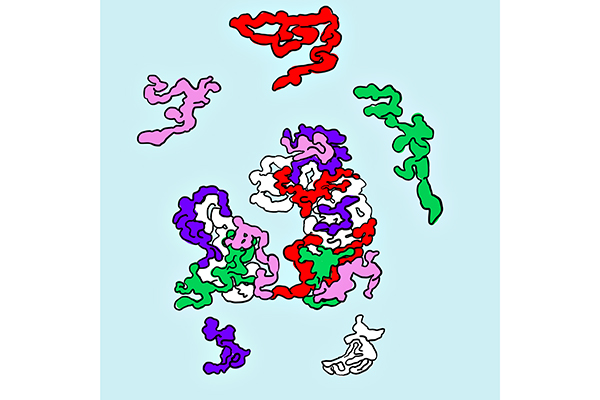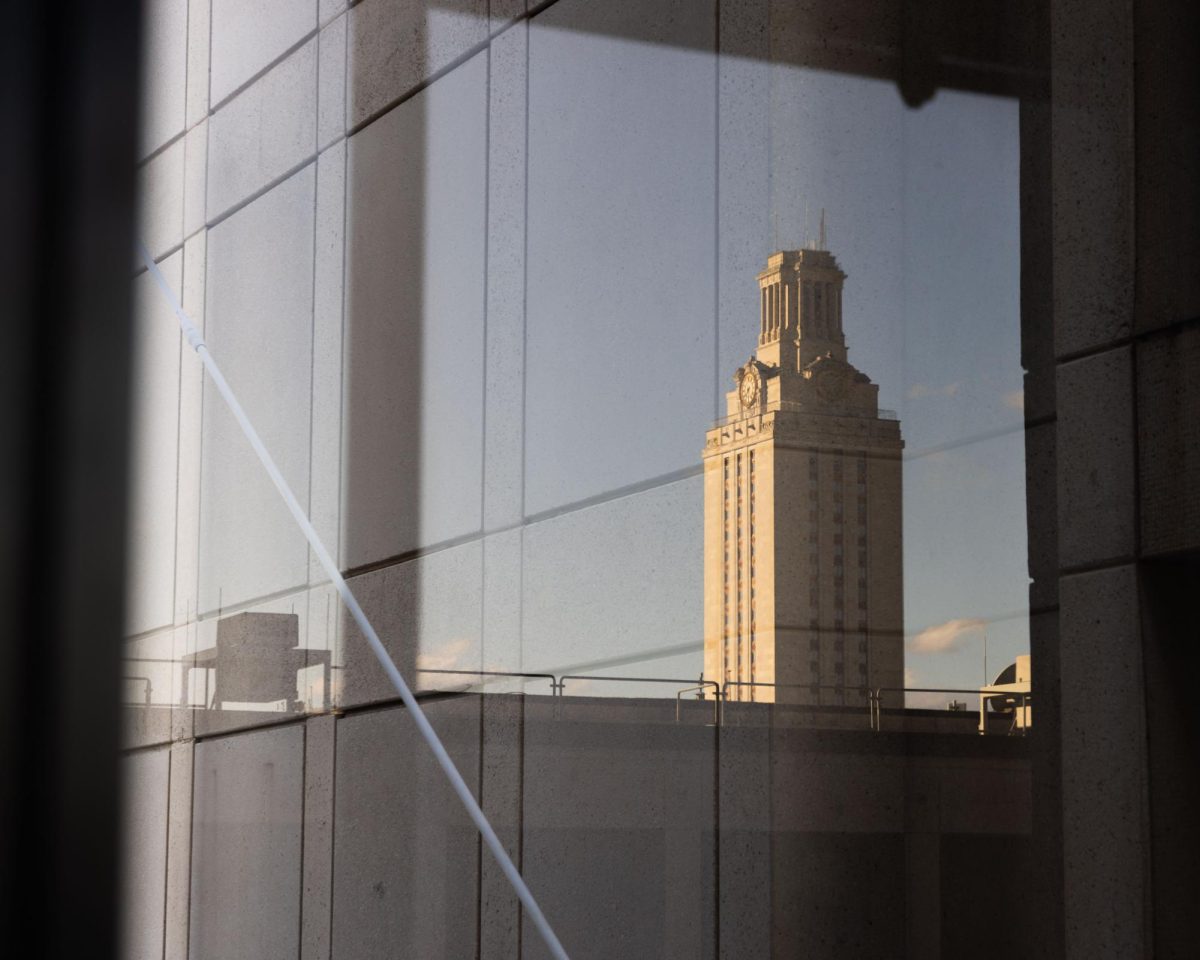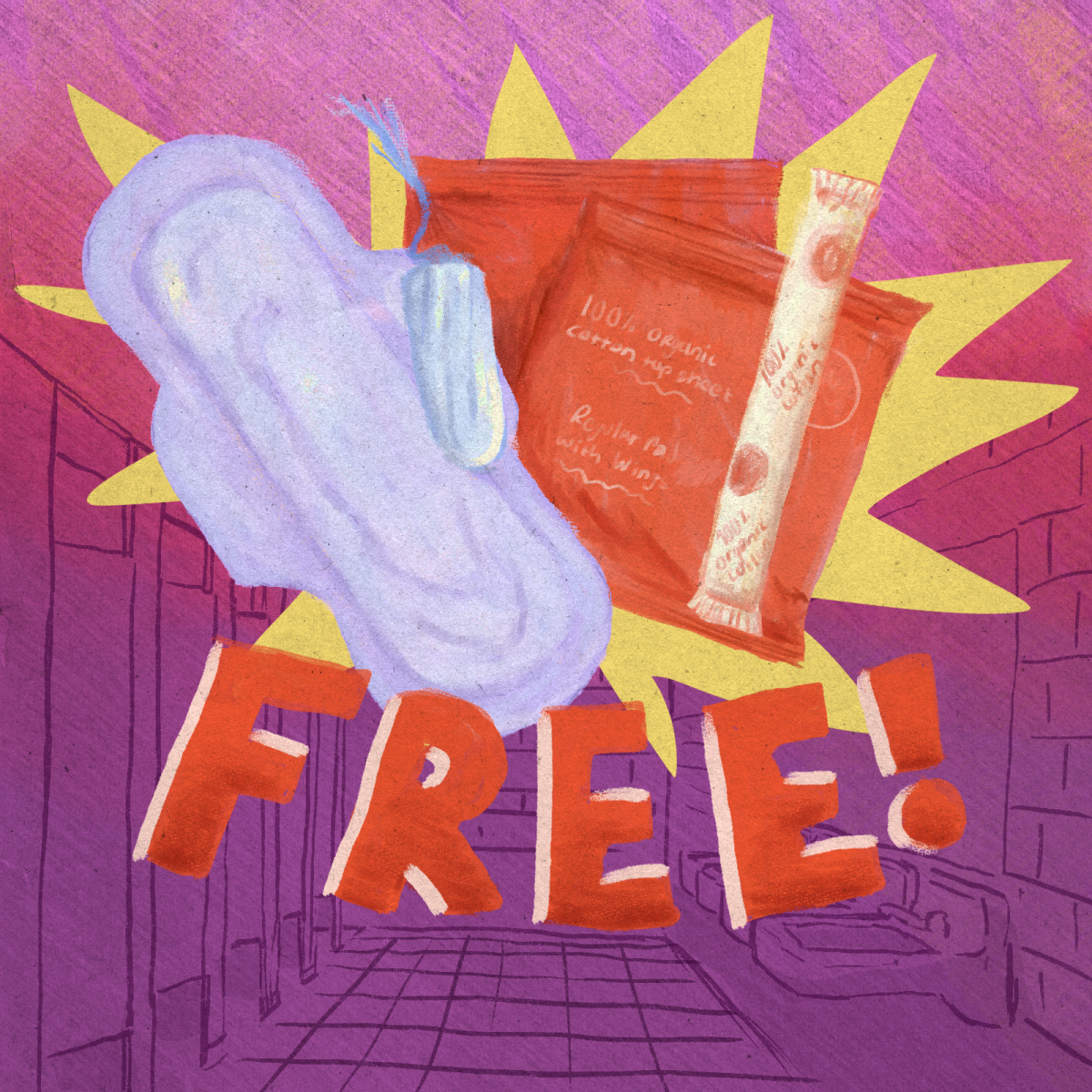Thinking back to high school biology, many students remember listening to teachers talk about the central dogma of biology — how DNA is copied into RNA, which is translated into proteins. However, a key step in assembling the translation site has been a mystery, until now.
Researchers from the Taylor and Johnson laboratories at UT collaborated to study the molecular machine we call the ribosome, which plays an important role in using genetic information to make all the proteins in our body.
“Every single cell has millions of little nanomachines called ribosomes that are needed for reading your genetic code and making all the proteins in your body,” molecular biosciences professor Arlen Johnson said. “In order for all of the proteins to have their proper function, that needs to be done accurately.”
Johnson’s lab looks at how our cells put together ribosomes, specifically the final steps of their assembly. Johnson said they’ve been working on this problem since the late ‘90s.
“In 2000, we published the first paper about how ribosomes get out of the nucleus,” Johnson said. “We used genetic tools to figure out the steps and order of the pathway but we could never see what was happening.”
To determine the structures of these ribosomes, Johnson’s lab uses genetic tools to trap ribosome parts at different steps in the assembly process and pull them out of cells. These parts are then sent over to assistant molecular biosciences professor David Taylor’s lab, where researchers view these particles using cryo-electron microscopy.
“We freeze the particles, and then we put them under the microscope and shoot electrons at the particles,” Taylor said. “The electrons are scattered and based on how they’re scattered, we can build up an image of what the particles look like.”
Researchers used reconstruction techniques to create a 3D image of a ribosome at different states in its assembly. Using 700,000 individual particles and 8,000 images, they generated six different snapshots of ribosome assembly, Taylor said.
From this process, they discovered the final puzzle piece, a protein called Rpl10, is inserted into the ribosome to make it functional.
Sharmishtha Musalgaonkar, a postdoctoral fellow in Johnson’s lab, said this discovery was made possible because of the work done between the two labs.
“It takes all sorts of collaboration — from genetics and structural biology — to understand what this whole process is like,” Musalgaonkar said.





















